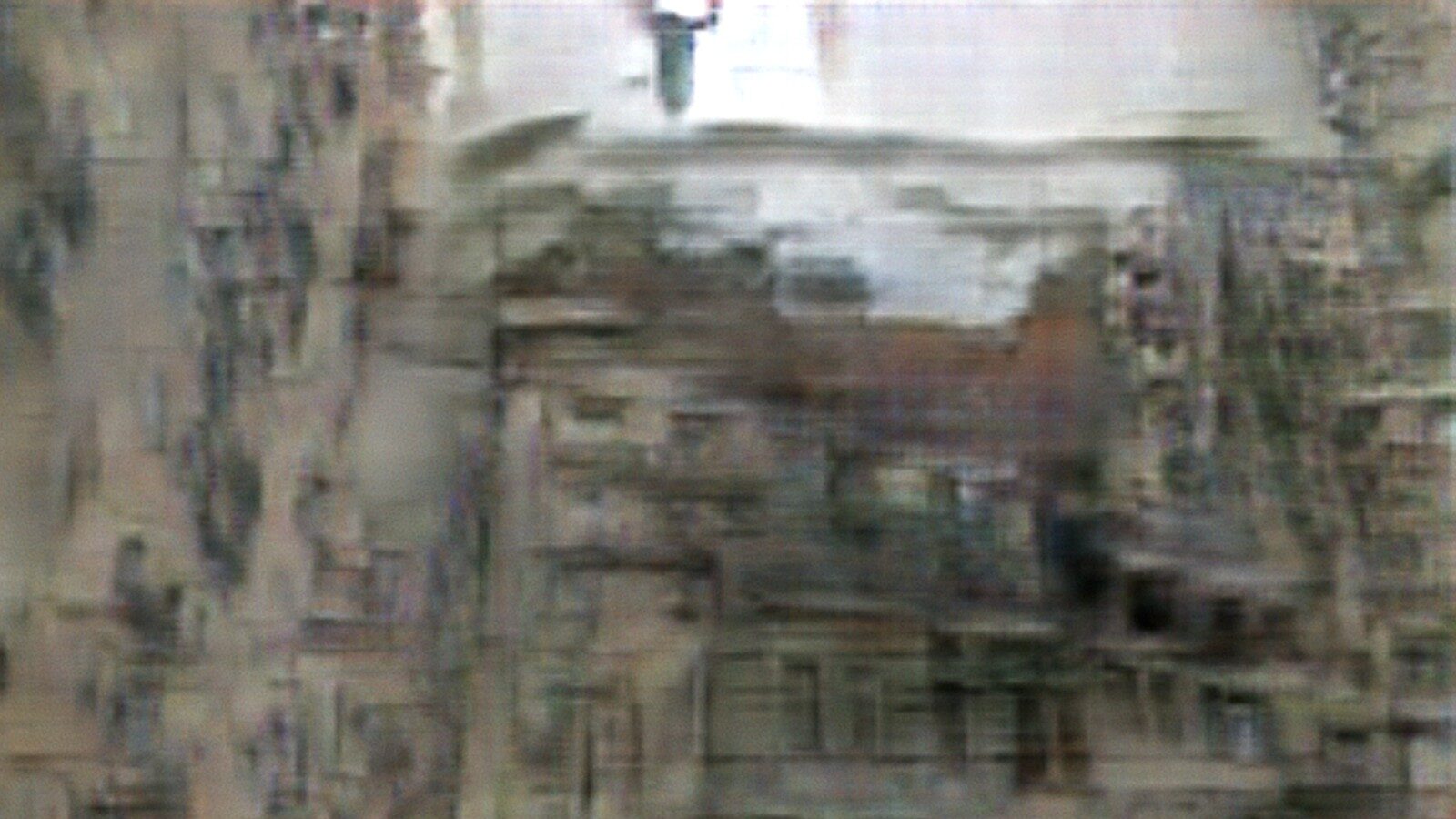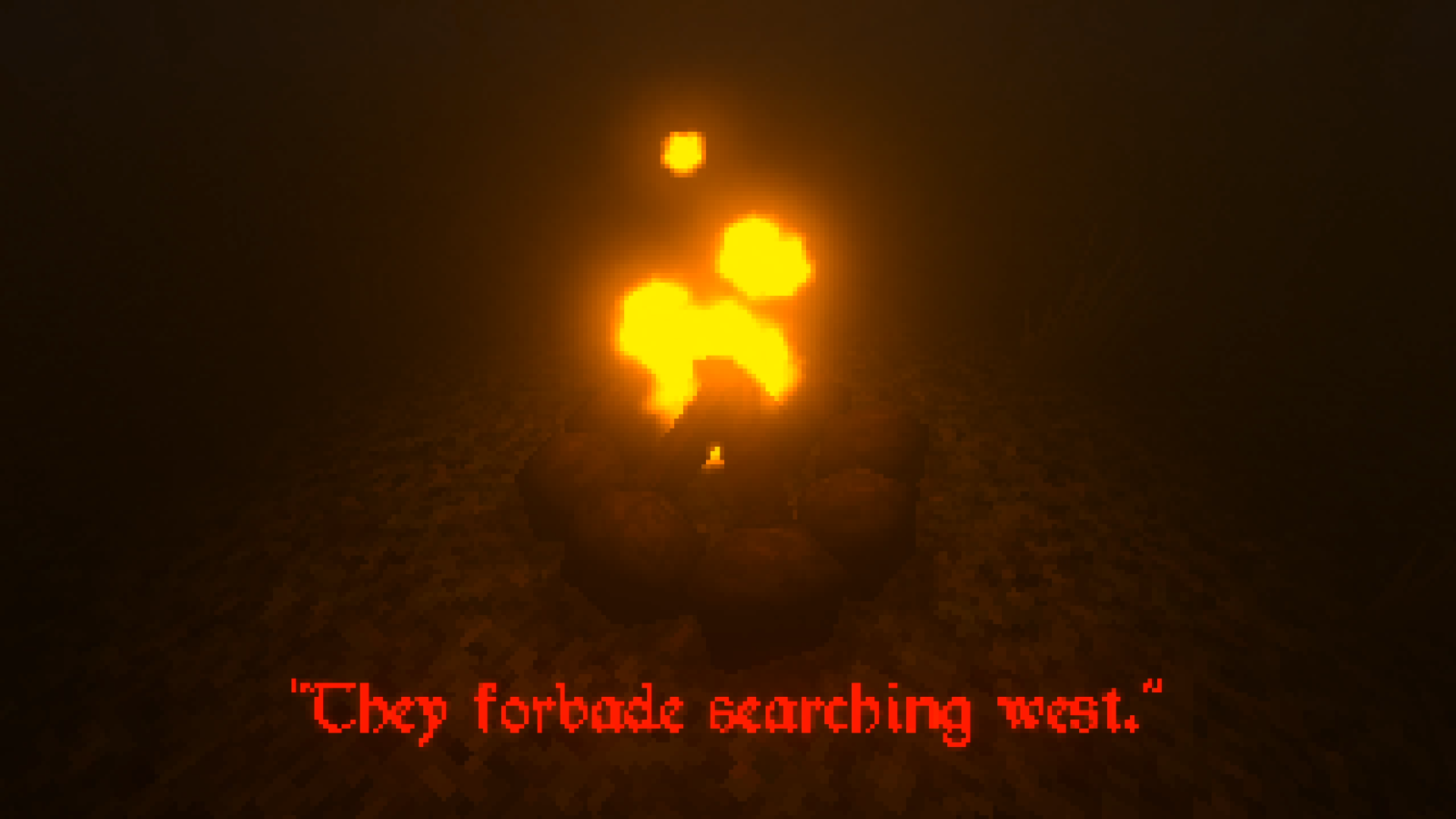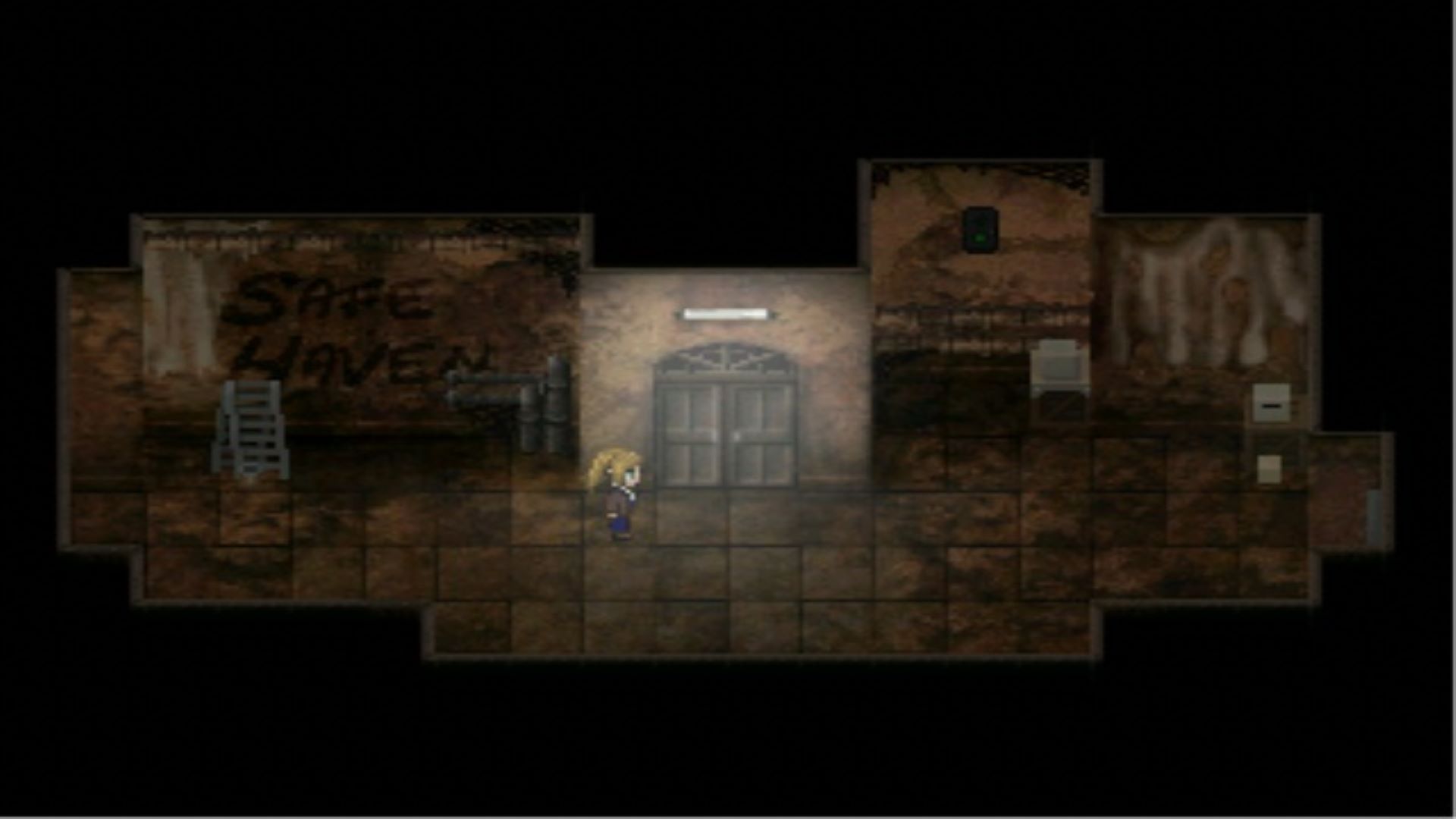
ULTRA-INDIE Daily: AIeyes is Imagination Without Mind
Hello, you glorious gluttons for all things indie horror! Are you just starving for the newest of the new, the most unknownest of the unknown? If so, you’ve come to the right place. Welcome to the Ultra-Indie Daily Dose! In this series, we’re going to pick a new game every day from an indie horror creator you’ve probably never heard of. No million-dollar budgets or factory productions. This is the space for the little guy with not but a developer toolkit and a dream. So if you’re down to roll the dice on something different, then stick around and check it out!
AIeyes is not a game in the conventional sense but it is without a doubt a surreal and mesmerizing application of new technology and interactive media. The game is essentially a small city block with buildings blocked together with color-coded segments. What the creator, Toby Mihura, has done is then trained a real-time neural network to take the colored buildings and imagine the visual textures and patterns of real architecture onto the structures. As still images it’s intriguing. When experiencing it hands-on it is a surreal saturation of rippling shapes and smears that the brain is able to process as the approximation of buildings just as the machine is. I would describe the visuals as impressionistic as it is painterly and smudged in tones but there’s the machine touch that leaves patterns of geometric raster artifacts which I assume came from the many digital images the AI was trained on. It’s almost could be mistaken as a digital counterpart to canvas surface textures underlying acrylic brushstrokes.


The function of this network in real-time is what may be the most impressive part of AIeyes. Image AI’s are not unbroken land, anyone can search for image AIs to find lists of different frameworks customized and customizable to imitate any sort of visual patterns but many of these require extensive processing. This however I am running this on an i5-7400 CPU at 3.00GHz and an RTX 2060 which I believe would be considered a lower workstation PC by today’s standards. It did require the fans to spool up however there were unnoticeable performance hiccups in the city zone the player walks around. By all means, using Pix2Pix open-source method in Unity, Toby or other aspiring indie devs can absolutely budget this type of visual fidelity into a lower resource game to evolve this project further.
If you’re interested you can check out AIeyes along with the documentation for image learning.
For other Ultra-Indie wonders check out our coverage here at Dread XP.




